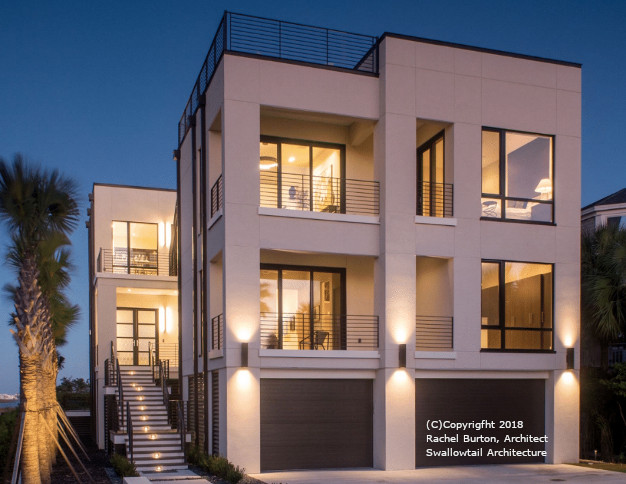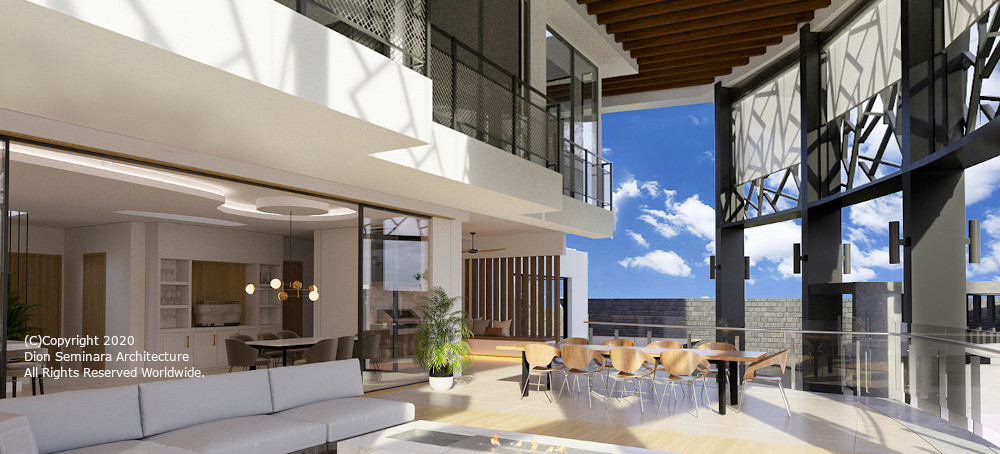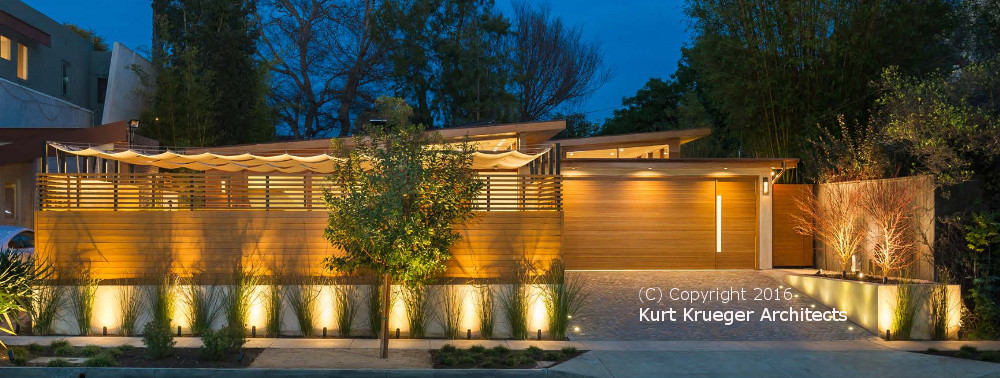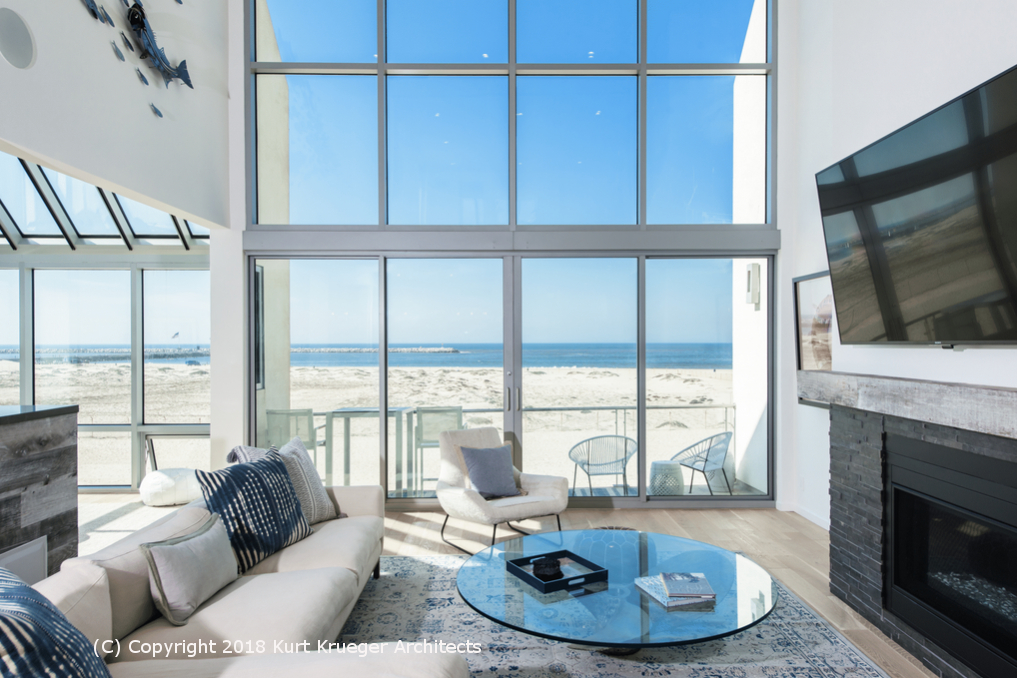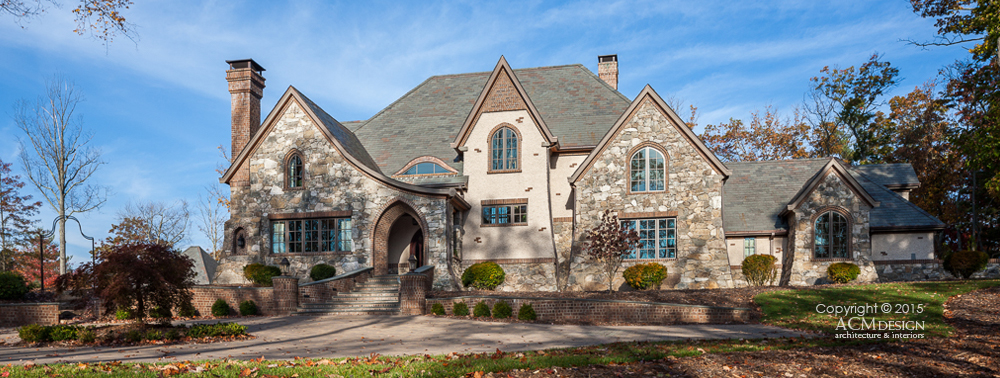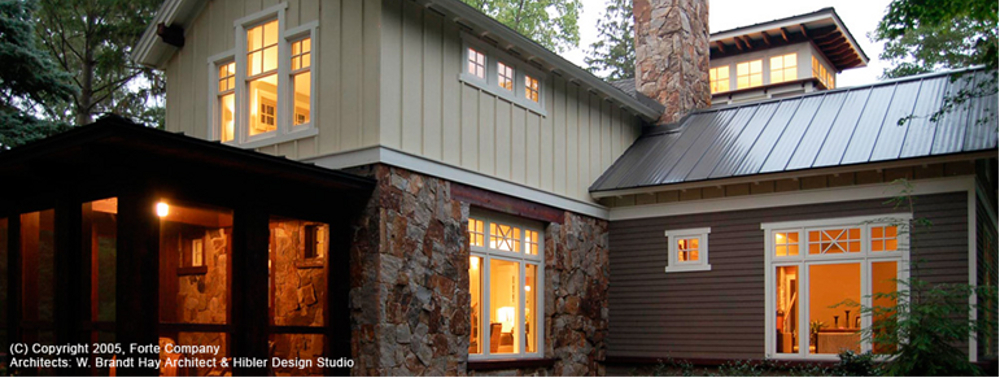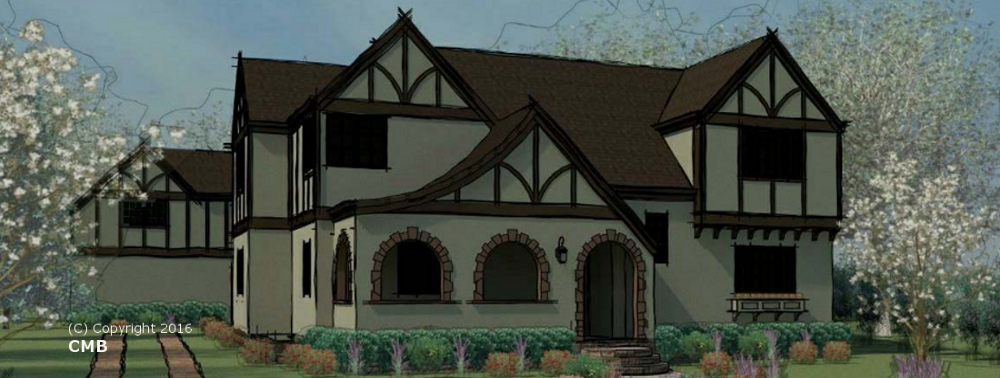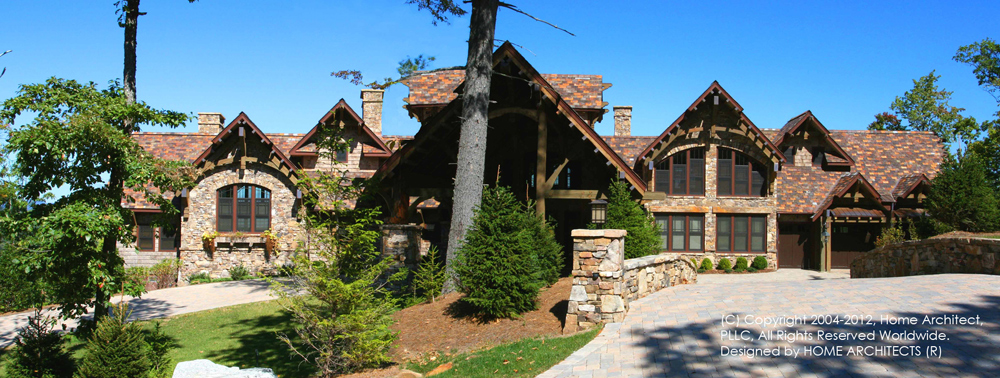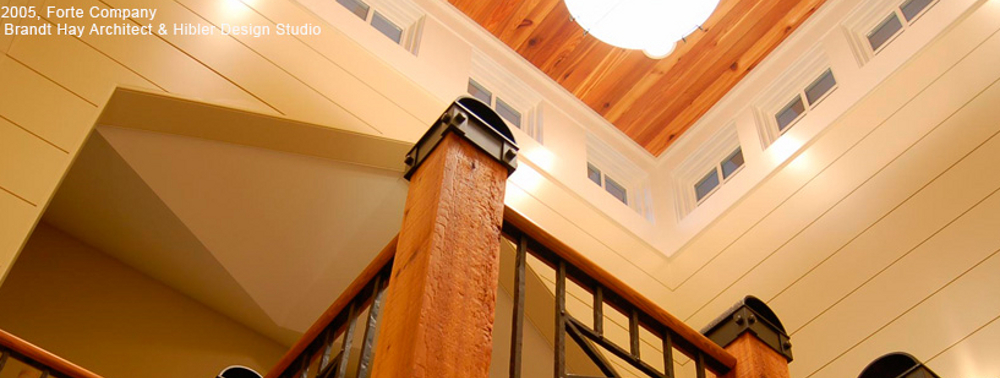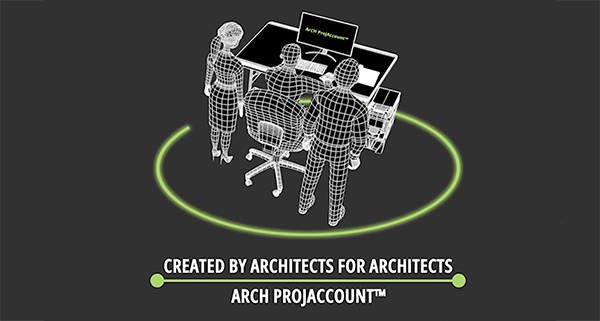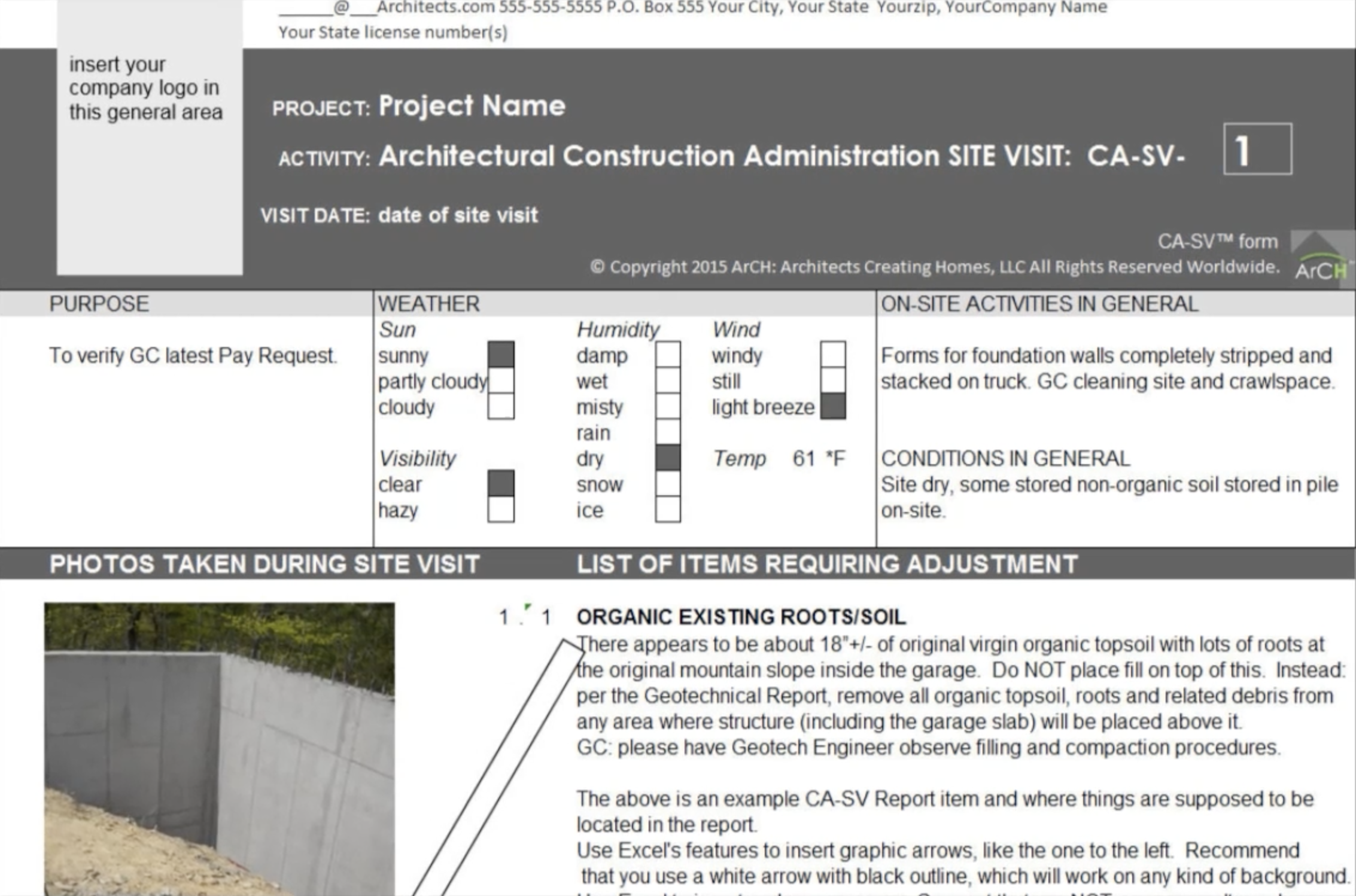“What’s first: the Architect or the Contractor?” Residential Architects once in a while receive an inquiry like this. The answer is: What’s first: the Design or the Construction? Which of course, means: you first need to have a Design before you can Build it.
So: who is the one professional best trained and experienced in Design? The person who Builds for a living or the person who Designs for a living? The answer is: the ARCHITECT is the first person that should be involved with your project. They Design for a living. You deserve to have the most qualified Design professional designing your next house.
Would you go to your grocer and ask him to fill a tooth? Or ask your cardiac surgeon to fix that pesky dermatological condition you have? The point being: trust the people that specialize in what you need to have accomplished, doing those things. Contractors are a critical and highly valued member of the Design and Construction Team. Without them, nothing would be built. And that is the key: having each member of your team doing what they do best. Architects normally don’t build: that is best left to the Contractors. And Contractors should mainly do what they do best: build, based on the detailed documents produced by the Architect.
———————————————————————————————–
And exactly what is the BACKGROUND OF ARCHITECTS that give them this specialized knowledge? Let’s look at a list:
1. EDUCATION: most Architects start in high school, taking a college preparatory curriculum, involving difficult subjects like analytic geometry, physics, chemistry, advanced English and other challenging courses, which they must pass, with flying colors in order to achieve a GPA (Grade Point Average) that will be acceptable to major universities. The young Architect in training must next pass the SATs, scoring high enough to be appealing to those same universities. And, only the universities complying with NAAB (National Architectural Accrediting Board) are legitimate institutions offering recognized professional degrees in Architecture. Then after applying to a university architectural college, the candidate often has to take and pass still another IQ test, aligned toward architectural acumen. Then the real work starts: the young Architect-in-training must typically take a grueling course load, often from 17 to 21 hours of classes per quarter, in order to have all the required knowledge to earn their degree. 6 to 8 years later, if they have passed and achieved academic excellence, the young wannabe Architect creates a earns a high score for their thesis project and receives their professional Architectural degree. Often this is a Master of Arts in Architectural Design.
Now what?
2. EXPERIENCE: Now the young architectural graduate has to start earning a living an gaining some real-world experience in Architecture. He or she typically accomplishes this by applying for jobs at many architectural firms and finally be accepted at one of them. This is when their Internship begins, just like a Medical Doctor. The young Intern Architect works like a slave, under the harsh and critical eyes of several licensed Architects, who judge and critique their every move and decision, correcting them daily so that they understand the proper way of doing things in their client’s best interests. This often goes on for anywhere from 3 to 10 years.
3. THE BIG TEST: sometime, if the Intern Architect wants to become a real Architect, they are going to have to take the ARE test: Architectural Registration Examination. This has typically taken approximately 3 days, but could longer. There are now 7 sections each section may take from 4 to 6 hours, for a total, as of today’s date: of 33.5 hours total exam time. Detailed subjects covered in this test: Programming, Planning & Practice, Site Planning & Design, Building Design & Construction Systems, Schematic Design, Structural Systems, Building Systems, Construction Documents & Services. This is not for the faint at heart, nor for the ill-prepared. The passing rate is between 60% to 70% for most sections. Some candidates never pass. It is one of the most difficult professional examinations the USA has for aspiring professionals. Let’s assume our Intern Architect passes.
4. REGISTRATION, WORKING (MORE EXPERIENCE): after passing the ARE, you then, of course apply to become a real Architect. This takes having multiple Architects in good standing vouching for you to the State Board of Architecture that you are an upstanding person and that you have the required knowledge and abilities to deserve the title and responsibilities of becoming an Architect. While this process is going on, the Intern continues to work, gaining more experience.
5. LICENSURE: one fine day, after all the hard work, the Intern receives in his or her mail: their official Architectural License. They have finally earned their professional, legal right to call themselves an “Architect.” Anyone not having gone through the above does not deserve the title and in fact, can be severely reprimanded and incarcerated for false claims of being one. Why? Because an Architect takes a vow to: PROTECT THE HEALTH, SAFETY & WELFARE OF THE PUBLIC. This means that every decision an Architect makes must be in the best interests of their client and the public. Architects have to renew their licenses and are monitored by the Boards of Architecture in the States in which they are licensed.
6. MORE EXPERIENCE: After becoming a real Architect, most Architects are just beginning. Now they have to earn a living, by designing projects for their clients. Many Architect start by working for and with other Architects, designing small, medium and large projects for houses, schools, and industrial and governmental clients, with budgets from a few tens of thousands of dollars to billions. Over the course of about another decade, Architects start to get good at what they do.
Architects go through real-world jobsite training, seeing how their designs go together in the field, talking with the Contractors that assemble them, to fine-tine their documents; always improving.

(C)Copyright 2004-2013, Home Architect, PLLC, All Rights Reserved Worldwide. This depicts what many young Architects go through: actually building projects so that what they design and draw works in the real world. Click on the photo above to see the ArCH homepage.
7. NCARB CERTIFICATION: usually after about 10 years of working as a licensed Architect, some of the best Architects like to obtain their NCARB Certification (National Council of Architectural Registration Boards). This elite certification normally requires the multiple endorsements of satisfied clients, State Boards and other Architects, testifying that the NCARB candidate is of good moral character and is outstanding at his or her practice. This is similar to a Medical Doctor becoming Board Certified. It indicates a level of accomplishment with an outstanding track record. Look for “NCARB” in the alphabet soup after your Architect’s name; it means they are among the best at what they do.
8. MORE EXPERIENCE, CEUs: Then, the now seasoned and certified Architect continues serving their clients and also must take yearly CEUs (Continuing Education Units). These are courses that are recognized by the various States in which the Architect is licensed. Typically 12 hours or more of CEUs are required, in courses related to practicing Architecture. Courses are often about energy conservation, technological advances, improved techniques and other material that amplifies the Architect’s knowledge continuously. Architects never stop learning, in order to be at their peak to serve clients like you. And like wine, the longer they work, the more they know and the better they become.
9. ENERGY EFFICIENCY/DURABILITY EXPERTISE: Very few Contractors are Energy Star Partners. Ask to see if they are qualified. It is also rare for Architects to have this designation. However, most Architects do have extensive backgrounds in detailing energy-efficient solutions to provide your home with better R-values for improved insulation, tighter sealing for reduced infiltration (unwanted outside air coming into your house), site planning to provide improved shading of your windows and other glass areas, improved lighting efficiency specification to reduce your monthly lighting bill, and a host of other improvements, build into their designs, not the least of which is improved views, because your Architect took note of where these views were and incorporated them into the design of your home.
10. SOFTWARE & COMPUTING POWER: most Architects have tens of thousands, if not hundreds of thousands of dollars and decades of learning invested in their hardware, software and training to produce computerized Architectural designs. This digital edge allows accuracy and visualizations that are not possible without them. Builders are rarely involved in such practices. Architects’ documents are produced faster and with high degrees of dimensional accuracy that save time in the construction. And time in construction = money. Architect’s produce the electronic documents with excellent clarity and precision that explains to the builders how to assemble things to result in a durable, water and air-tight project that delivers decades or centuries of performance to the client.
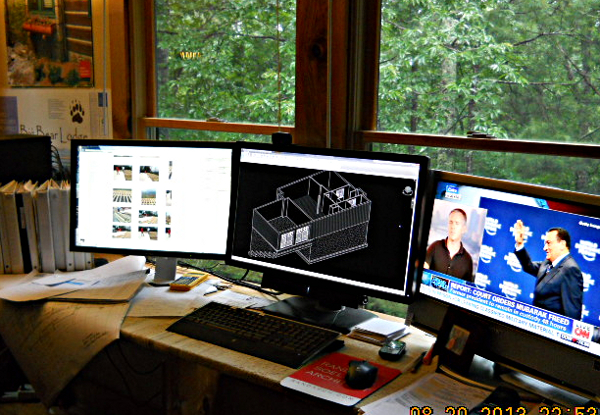
This is often the sort of equipment and investment seen in an Architect’s residential design hardware: 2 or 3 large HD monitors, new computer with 64GB RAM and high-end CPU and graphics card, multiple SSD and HDD for security, and the best and latest in 3D and 2D software to create your designs. This is a huge investment in creating superior designs for you.
Click the image above to see the ArCH Contact Us page.
SUMMARY OF ARCHITECT’S BACKGROUND: You are receiving the talents of the best of the best, when you engage a licensed Architect with decades of experience. They HAVE to be very good, or they would not be permitted to continue their practice. Anyone who is Not licensed to practice architecture cannot possibly have the necessary training, education, experience or licensure to come anywhere near the skills you receive when you hire an Architect.
———————————————————————————————–
So that’s what it means to have an Architect’s background. Whew!
So, what does this all mean when you want to have a new house designed for you and your family? Should you first engage a Builder or an Architect? Well, A builder builds and an Architect Designs. Of course: you should engage the Architect first. The Architect will focus on your Design, and what you want. The Architect has no other agenda about selling you any particular materials or anything else. All the Architect wants to do is to make you happy with a Design that meets your objectives.
You deserve that focused attention on your Design needs from a licensed Design Professional: an Architect.
Okay, so you engage the Architect and he or she designs your wonderful house. Then what?
OBTAINING THE CONTRACTOR: Your Architect is the best possible resource to finding the right Licensed General Contractor to build your new dream house. Architects may know certain well-qualified Contractors in your intended location, or they may be willing to manage the Bidding process for you. Or they may suggest a Design – Build process with a local Contractor. Any and all of these methods can work. Your Architect can guide you to the one that may work best for you and your specific project. Sometimes you have a hybrid process.
Usually, the bidding results in finding 3 qualified, responsive bids to result in the client achieving the best possible price for the project. And the Architect is equipped to manage this entire process for the Client, advising them of directions and solutions in the clients’ best interests.
The Architect researches the backgrounds of the various Contractors, checking to see if they have any official State complaints on record, if they are licensed and if they are properly insured to handle your project; all things that rarely any clients know how to investigate on their own.
The project is impossible without the Builder building the physical structures. That’s what they are best at. The Architect shouldn’t attempt to do what the builder does, nor should the Builder attempt to do what the Architect does. In the time that we have on this planet, we are each fortunate if we can become good doing one complex thing.
For Architects this is: Design. For Contractors this is: Building. And the Design and the Construction of a house is one of the most detailed building types there is. Much more so than an office building, church, industrial facility, and most other project types. It is best to engage those that are most proficient at doing what they do best.
You want quality for a reasonable price and value. That’s what Architects deliver.
Check out the ArCH: Architects Creating Homes website for your next house project, wherever you are, and take a look at our various members on our Find An Architect page:
tags: architect or contractor, find an architect, residential architects

 <
<
